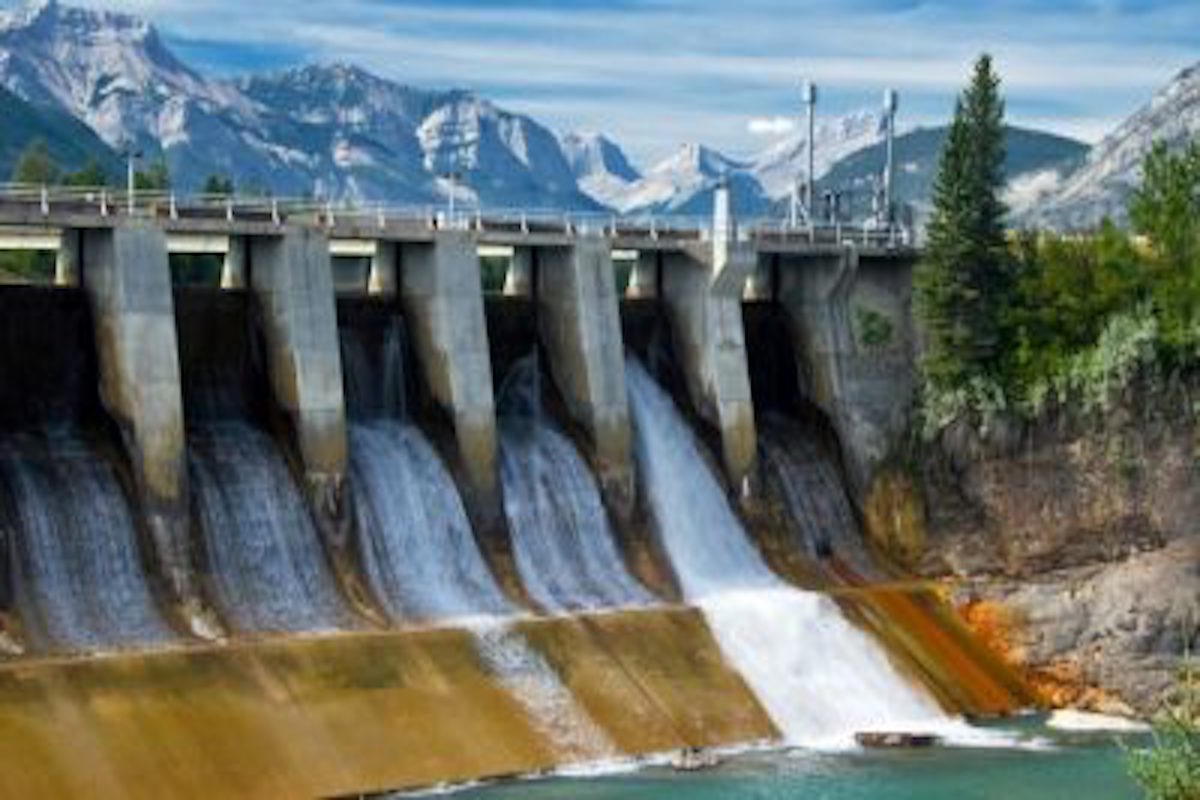Hydropower proliferation in the name of ‘clean energy’ in the tribal area of Kinnaur in Himachal Pradesh has brought rapid land-use changes, adversely impacting local terrestrial ecosystems and communities inhabiting them, according to a research paper recently published in the international journal ‘Land Use Policy’.
Authored by Manshi Asher and Prakash Bhandari, researchers from Himdhara Environment Research and Action Collective based in Himachal Pradesh and supported by the Duleep Mathai Nature Conservation Trust, the paper ‘Mitigation or MythImpacts of Hydropower Development and Compensatory Afforestation on forest ecosystems in the High Himalayas’ is based on a study conducted between 2012 and 2016.
Advertisement
It uses information from government data and ground research to examine the extent, nature and impact of forest land diversion for hydropower projects in the remote, ecologically vulnerable Kinnaur Division of Himachal Pradesh in the Western Himalayas. The study’s key component included an exercise to investigate the ‘success’ and efficacy of plantations carried out as mitigation measures to compensate for the loss of forests to hydropower projects.
Manshi Asher said the study found that out of all the area of ‘forest land’ diverted to non-forest activities between 1980 and 2014, 90% was transferred for hydro-electric projects (HEP) and transmission lines (TL). This led to change in land-use, fragmentation of forests and loss of biodiversity in the Kinnaur region, which is already considered as vulnerable from the point of view of its ecology, geology and climatic changes.
“Our study found that the ‘compensatory afforestation’, carried out as a ‘mitigation’ measure for loss of forests and a mandatory condition for forest clearance for forest diversion, has not been able to fulfil its stated objective. While plantation work was undertaken only in 12% of the proposed area, this was ridden with issues like abysmally low presence of surviving saplings (upto 10%) interspecies conflict, infringement on local land usage, and vulnerability to disasters,” Asher said.
As per the study, not only that the construction activities for hydropower projects have impacted existing land-use, disturbed forest biodiversity and fragmented the forest landscape, the related compensatory afforestation plantations are also ridden with problems. “These include abysmally low presence of surviving saplings (upto 10%) interspecies conflict, infringement on local land usage, and damage by wildfires and landslides.”
Himachal Pradesh, with the highest pace and magnitude of hydropower development in India, also has the highest installed capacity of more than 10000 MW. Amongst its five river basins, the Satluj valley has the highest planned potential and if all planned projects materialize, 22% of the river would be dammed and 72% flowing inside tunnels.
Kinnaur, a remote tribal district known for its vulnerability to climate induced disasters like landslides and flash floods located in the upper reaches of Satluj basin, is the state’s hydropower hub, with 53 planned hydropower projects, of which 17 are large projects (above 25?MW). Fifteen projects of varying capacities, totaling to 3041 MW, have already been commissioned (are operational), which is the highest among all districts of the state.
The study found that the notion of ‘mitigation’, propelled by the global ‘green’ growth narrative and implemented through top-down domestic governance processes rooted in the colonial past, relies on the fallacy that ecological damages in one region can be simply compensated by repair measures in another and needs to be confronted urgently.
The study called for a detailed, independent and multi-disciplinary inquiry into the eco-systems alteration due to hydropower projects, especially in the fragile Himalayas, while their further expansion is put on hold. “All planning, impact assessment and decision-making processes need to be contextualised in local ecologies and democratised through involvement of local communities who inhabit these ecosystems,” it said.









